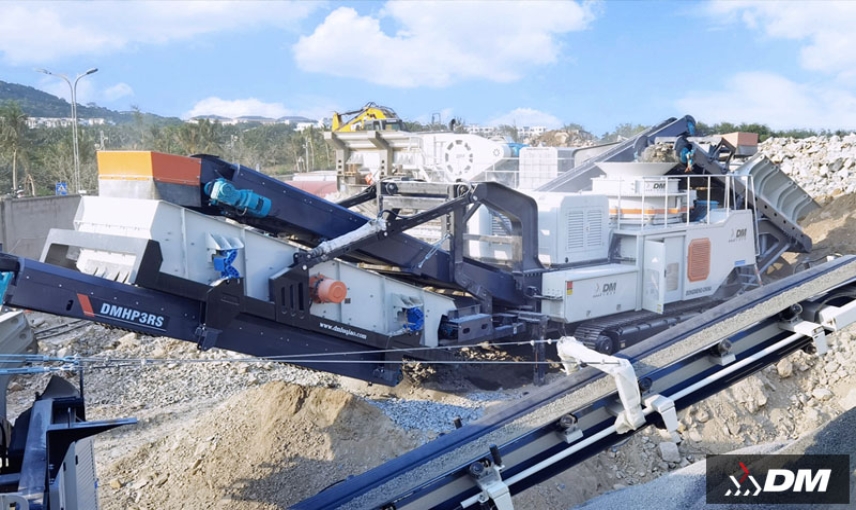
A Comprehensive Guide to Vibrating Screens
Introduction
Vibrating screens are essential equipment in various industries, including mining, construction, and agriculture. They are designed to separate particles of different sizes based on their density and size. This guide provides an overview of the different types of vibrating screens, their working principles, and their applications.
Types of Vibrating Screens
1. Linear Vibrating Screens: These screens use a single linear vibration source to move the screen deck back and forth. They are suitable for separating particles of similar density and size.
2. Circular Vibrating Screens: These screens use a circular vibration source to move the screen deck in a circular motion. They are suitable for separating particles of different densities and sizes.
3. Oscillating Vibrating Screens: These screens use an oscillating vibration source to move the screen deck up and down. They are suitable for separating particles of different densities and sizes.
4. Over-the-Top Vibrating Screens: These screens are mounted on top of a conveyor belt and use a vibrating plate to move the particles. They are suitable for separating particles of different densities and sizes.
Working Principles
Vibrating screens work based on the principle of vibration. The vibration source generates a vibration that causes the screen deck to move back and forth, up and down, or in a circular motion. This movement creates a differential force between the particles, causing them to separate based on their density and size. The particles with higher density and size are retained on the screen deck, while the particles with lower density and size are removed.
Applications
Vibrating screens are widely used in various industries for separating particles of different densities and sizes. Some common applications include:
1. Mining: Separating minerals from overburden material.
2. Construction: Separating aggregates into different sizes.
3. Agriculture: Separating grains from chaff.
4. Chemical processing: Separating solids from liquids.
5. Environmental control: Removing particles from air and water.
Conclusion
Vibrating screens are essential equipment in various industries for separating particles of different densities and sizes. They come in different types, each with its own working principle and application. Understanding the working principles and applications of vibrating screens can help in selecting the right equipment for a specific application.





We will answer your email shortly!